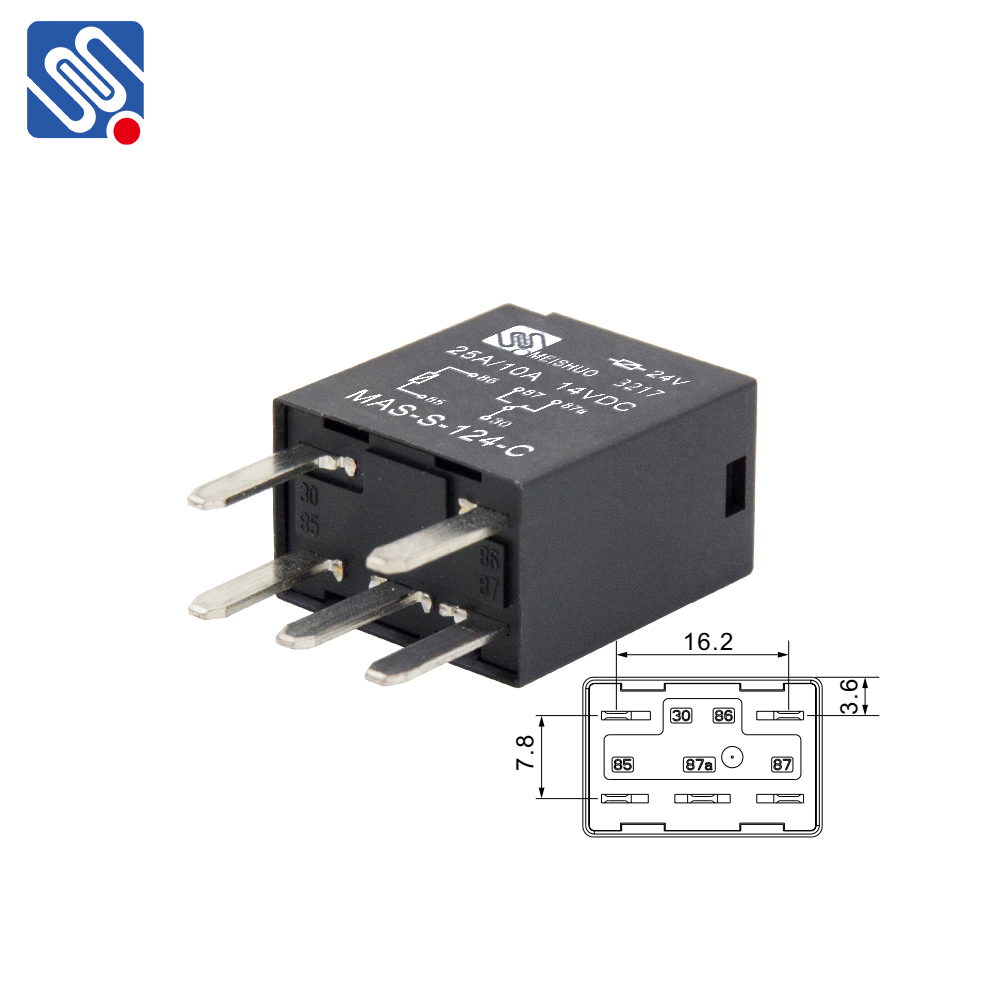Relay technology plays a pivotal role in enhancing communication, control systems, and network connectivity. From the automation of electrical systems to the expansion of network coverage, relay technology serves as a critical component that bridges gaps and facilitates smoother, more efficient operations. In this article, we explore the different applications of relay technology, its functionality, and how it influences various industries.

What is Relay Technology? Relay technology refers to the use of devices (commonly known as relays) that receive, amplify, or redirect signals to extend their range or control functions in a system. These devices are widely used in electrical and communication systems, providing a reliable means to manage and optimize the flow of signals or power. At its core, relay technology functions as a switching mechanism, with the ability to control large currents using smaller, more manageable signals. Relay Technology in Communication Networks In communication systems, relay technology is commonly used to extend the coverage area of wireless signals. A relay station or relay node receives a weak signal from the primary source (such as a mobile base station) and retransmits it with greater strength or clarity. This improves the quality and reliability of communications, especially in areas that are far from the primary signal source, such as rural regions or densely built urban areas.